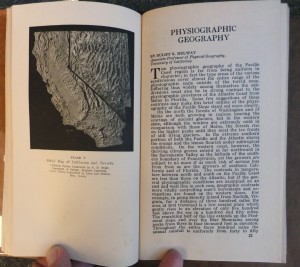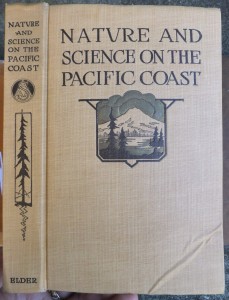
This week’s spotlight, Nature and Science on the Pacific Coast, makes a fine bookend to last week’s A Yosemite Flora. They are the only two pure science books that Paul Elder published, but what wonderful science books they are.
One of Elder’s eleven books on or about the 1915 Panama-Pacific International Exposition, Nature and Science is a comprehensive natural history of the West Coast, primarily California, with additional articles in the field of literature, fine arts, law, and travel. The list of contributors includes botanist Harvey Monroe Hall (author of A Yosemite Flora), architect John Galen Howard, engineer Joseph LeConte, and astronomer A. O. Leuschner.
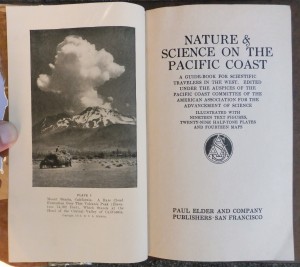
The editor-in-chief was Joseph Grinnell (1877-1939), director of the Museum of Vertebrate Zoology at the University of California, and a famous name to any zoology student at the University, including yours truly. Grinnell was the inventor of the “Grinnell System,” a method of meticulous note-taking that is still taught to every UC Berkeley zoology student to this day. Notes must be taken in the field from direct observation, to be followed by a detailed journal entry transcribed from the field notes. Any specimens must include the precise date, location, weather, and if possible, photographs. The method even specifies the quality of notebook (durable), paper (high) and ink (very black, and waterproof). Grinnell’s goal was that the notes could be readable 200 years into the future.
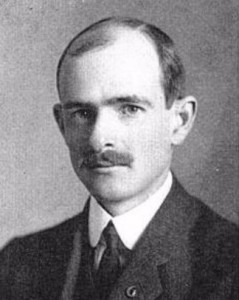
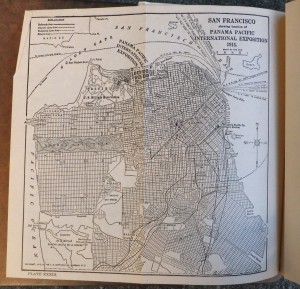
Included in the book are many fold out street maps of the major coastal cities: Seattle, Portland, San Francisco, Los Angeles and San Diego, and one large coated map of the California “life zones”.
